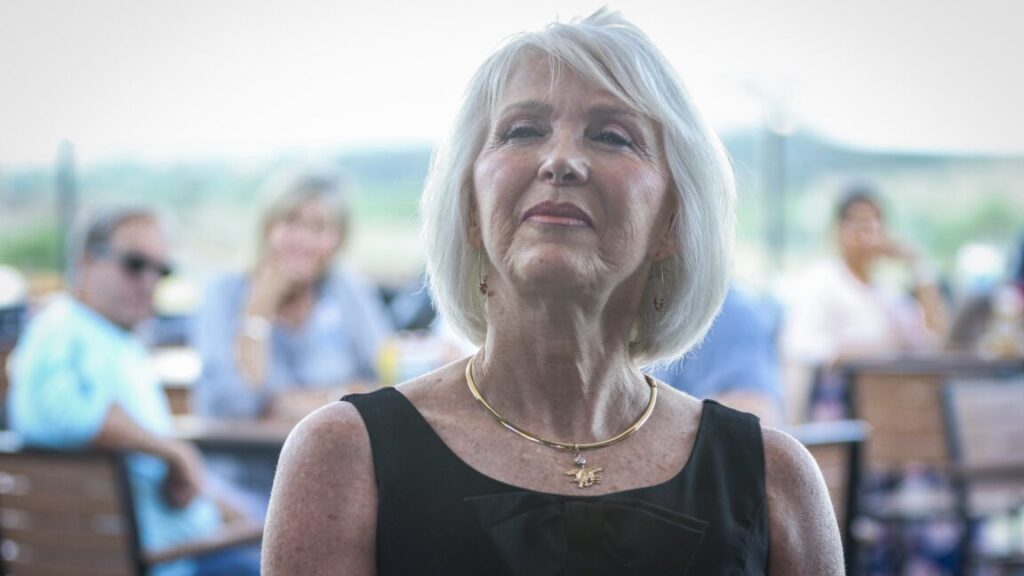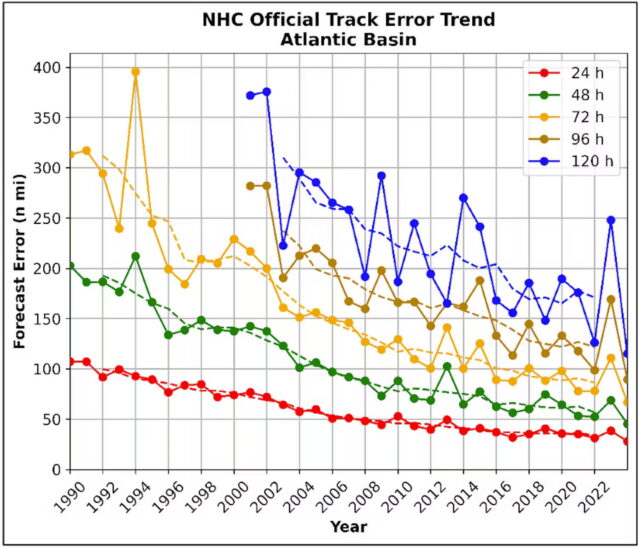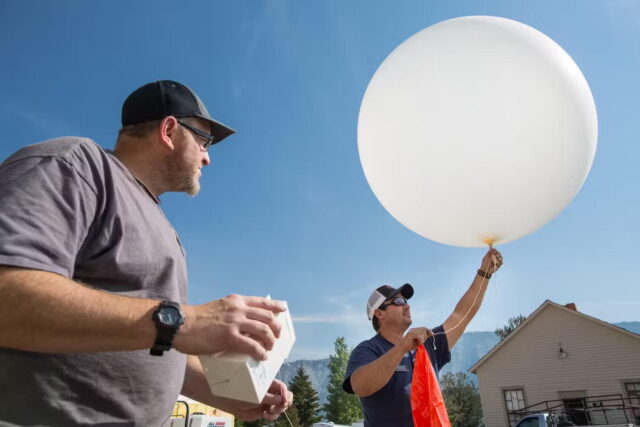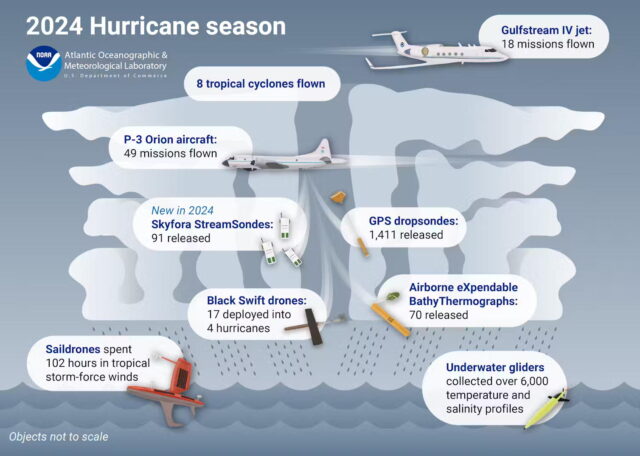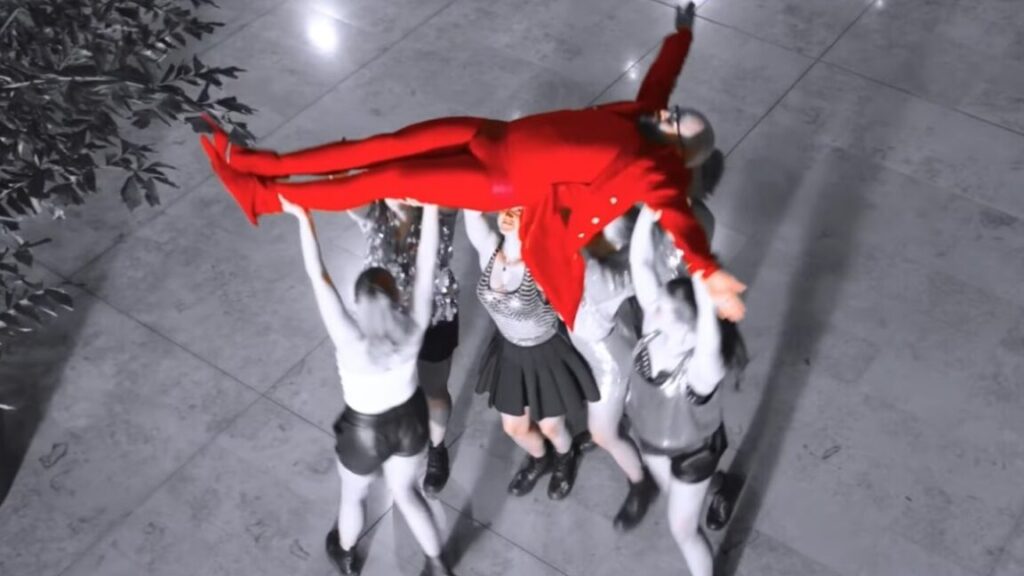Trump’s NIH ignored court order, cut research grants anyway
Officials testified that DOGE was directly involved in hundreds of grant terminations.
For more than two months, the Trump administration has been subject to a federal court order stopping it from cutting funding related to gender identity and the provision of gender-affirming care in response to President Donald Trump’s executive orders.
Lawyers for the federal government have repeatedly claimed in court filings that the administration has been complying with the order.
But new whistleblower records submitted in a lawsuit led by the Washington state attorney general appear to contradict the claim.
Nearly two weeks after the court’s preliminary injunction was issued, the National Institutes of Health’s then-acting head, Dr. Matthew J. Memoli, drafted a memo that details how the agency, in response to Trump’s executive orders, cut funding for research grants that “promote or inculcate gender ideology.” An internal spreadsheet of terminated NIH grants also references “gender ideology” and lists the number associated with Trump’s executive order as the reason for the termination of more than a half dozen research grants.
The Washington attorney general’s allegation that the Trump administration violated a court order comes as the country lurches toward a constitutional crisis amid accusations that the executive branch has defied or ignored court orders in several other cases. In the most high-profile case so far, the administration has yet to comply with a federal judge’s order, upheld unanimously by the Supreme Court, requiring it to “facilitate” the return of Kilmar Armando Abrego Garcia, who was mistakenly deported to El Salvador in March.
The records filed in the NIH-related lawsuit last week also reveal for the first time the enormous scope of the administration’s changes to the agency, which has been subject to massive layoffs and research cuts to align it with the president’s political priorities.
Other documents filed in the case raise questions concerning a key claim the administration has made about how it is restructuring federal agencies—that the Department of Government Efficiency has limited authority, acting mostly as an advisory body that consults on what to cut. However, in depositions filed in the case last week, two NIH officials testified that DOGE itself gave directions in hundreds of grant terminations.
The lawsuit offers an unprecedented view into the termination of more than 600 grants at the NIH over the past two months. Many of the canceled grants appear to have focused on subjects that the administration claims are unscientific or that the agency should no longer focus on under new priorities, such as gender identity, vaccine hesitancy, and diversity, equity, and inclusion. Grants related to research in China have also been cut, and climate change projects are under scrutiny.
Andrew G. Nixon, the director of communications for the Department of Health and Human Services, the NIH’s parent agency, told ProPublica in an email that the grant terminations directly followed the president’s executive orders and that the NIH’s actions were based on policy and scientific priorities, not political interference.
“The cuts are essential to refocus NIH on key public health priorities, like the chronic disease epidemic,” he said. Nixon also told ProPublica that its questions related to the lawsuit “solely fit a partisan narrative”; he did not respond to specific questions about the preliminary injunction, the administration’s compliance with the order or the involvement of DOGE in the grant termination process. The White House did not respond to ProPublica’s questions.
Mike Faulk, the deputy communications director for the Washington state attorney general’s office, told ProPublica in an email that the administration “appears to have used DOGE in this instance to keep career NIH officials in the dark about what was happening and why.”
“While claiming to be transparent, DOGE has actively hidden its activities and its true motivations,” he said. “Our office will use every tool we have to uncover the truth about why these grants were terminated.”
Since Trump took office in January, the administration has provided limited insight into why it chose to terminate scientific and medical grants.
That decision-making process has been largely opaque, until now.
Washington fights to overturn grant termination
In February, Washington state—joined by Minnesota, Oregon, Colorado, and three physicians—sued the administration after it threatened to enforce its executive orders by withholding federal research grants from institutions that provided gender-affirming services or promoted “gender ideology.” Within weeks, a federal judge issued an injunction limiting the administration from fully enforcing the orders in the four states that are party to the suit.
The same day as the injunction, however, the NIH terminated a research grant to Seattle Children’s Hospital to develop and study an online education tool designed to reduce the risk of violence, mental health disorders and sexually transmitted infections among transgender youth, according to records filed in the court case. The NIH stated that it was the agency’s policy not to “prioritize” such studies on gender identity.
“Research programs based on gender identity are often unscientific, have little identifiable return on investment, and do nothing to enhance the health of many Americans,” the notice stated, without citing any scientific evidence for its claims. The NIH sent another notice reiterating the termination four days later.
The Washington attorney general’s office requested the termination be withdrawn, citing the injunction. But the administration refused, claiming that it was in compliance as the termination was based on NIH’s own authority and grant policy and was not enforcing any executive order.
The Washington attorney general asked the judge to hold the administration in contempt for violating the injunction. While the request was denied, the court granted an expedited discovery process to better assess whether the administration had breached the injunction. That process would have required the administration to quickly turn over internal documents relating to the termination. In response, the administration reinstated the grant for Seattle Children’s Hospital and declared the discovery process moot, or no longer relevant. However, US District Judge Lauren J. King, who was appointed by former President Joseph Biden, permitted it to continue.
Whistleblower documents reveal sweeping changes at NIH
In recent months, whistleblowers have made the plaintiffs in the lawsuit aware of internal records that more closely connect the grant terminations to the administration’s executive orders.
In an internal spreadsheet of dozens of grants marked for cancellation at an NIH institute, the stated reason for termination for several was “gender ideology (EA 14168),” including the grant to Seattle Children’s Hospital.
The rationale appears to reference Executive Order 14168, which banned using federal funds to “promote gender ideology,” again seeming to conflict with the administration’s stance that the termination was not based on the executive orders. The termination dates of the grants, according to the spreadsheet, were after the injunction went into effect.
Another internal document, which provides extraordinary insight into the administration’s efforts to reshape the NIH, also states the executive order was the impetus for grant terminations.
In the March 11 memo from Memoli, the NIH cataloged all actions that the agency had taken thus far to align with the president’s executive orders. In a section detailing the steps taken to implement the “gender ideology” executive order, one of the 44 actions listed was the termination of active grants.
“NIH is currently reviewing all active grants and supplements to determine if they promote gender ideology and will take action as appropriate,” the memo stated, noting that the process was in progress.
While the administration has said in court filings that it is following the judge’s injunction order, the Washington state attorney general’s office told ProPublica that it disagreed.
“Their claim to have complied with the preliminary injunction is almost laughable,” said Faulk, the office’s deputy communications director. “The Trump administration is playing games with no apparent respect for the rule of law.”
Depositions reveal DOGE links
In depositions conducted last month as part of the lawsuit, the testimony of two NIH officials also raised questions about why the research grants were terminated and how DOGE was involved.
Liza Bundesen, who was the deputy director of the agency’s extramural research office, testified that she first learned of the grant terminations on February 28 from a DOGE team member, Rachel Riley. Bundesen said she was invited into a Microsoft Teams video call, where Riley introduced herself as being part of DOGE and working with the Department of Health and Human Services.
Riley, a former consultant for McKinsey & Co., joined HHS on January 27, according to court filings in a separate lawsuit, and has reportedly served as the DOGE point person at the NIH.
The executive order detailing DOGE’s responsibilities describes the cost-cutting team as advisers that consult agency heads on the termination of contracts and grants. No language in the orders gives the DOGE team members the authority to direct the cancellation of grants or contracts. However, the depositions portray Riley as giving directions on how to conduct the terminations.
“She informed me that a number of grants will need to be terminated,” Bundesen testified, adding that she was told that they needed to be terminated by the end of the day. “I did not ask what, you know, what grants because I just literally was a little bit confused and caught off guard.”
Bundesen said she then received an email from Memoli, the NIH acting director, with a spreadsheet listing the grants that needed to be canceled and a template letter for notifying researchers of the terminations.
“The template had boilerplate language that could then be modified for the different circumstances, the different buckets of grants that were to be terminated,” she said. “The categories were DEI, research in China and transgender or gender ideology.”
Bundesen forwarded the email with the spreadsheet to Michelle Bulls, who directs the agency’s Office of Policy for Extramural Research Administration. Bundesen resigned from the NIH a week later, on March 7, citing “untenable” working conditions.
“I was given directives to implement with very short turnaround times, often close of business or maybe within the next hour,” she testified. “I was not offered the opportunity to provide feedback or really ask for clarification.”
Bulls confirmed in her own deposition that the termination list and letter template originally came from Riley. When Bulls started receiving the lists, she said she did what she was told. “I just followed the directive,” she said. “The language in the letters were provided so I didn’t question.”
Bulls said she didn’t write any of the letters herself and just signed her name to them. She also said she was not aware whether anyone had assessed the grants’ scientific merit or whether they met agency criteria. The grant terminations related to gender identity did not stem from an independent agency policy, she testified, appearing to contradict the administration’s assertion that they were based on the agency’s own authority and grant policy.
As of April 3, Bulls said she had received more than five lists of grants that needed to be terminated, amounting to “somewhere between five hundred and a thousand” grants.
Most grant recipients endure a rigorous vetting process, which can involve multiple stages of peer review before approval, and before this year, Bulls testified that grant terminations at the NIH have historically been rare. There are generally two main types of terminations, she said, for noncompliance or based on mutual agreement. Bulls said that she has been “generally involved in noncompliance discussions” and since she became the director of the office in 2012, there had been fewer than five such terminations.
In addition to the termination letters, Bulls said she relied on the template language provided by Riley to draft guidance to inform the 27 centers and institutes at the NIH what the agency’s new priorities were to help them scrutinize their own research portfolios.
Following the depositions, the Washington state attorney general’s office said that the federal government has refused to respond to its discovery requests. It has filed a motion to compel the government to respond, which is pending.
Riley, Bundesen, Bulls, and Memoli did not reply to ProPublica’s requests for comment.
While the administration did not answer ProPublica’s questions about DOGE and its involvement in the grant terminations, last week in its budget blueprint, it generally justified its proposed cuts at the NIH with claims that the agency had “wasteful spending,” conducted “risky research” and promoted “dangerous ideologies that undermine public health.”
“NIH has grown too big and unfocused,” the White House claimed in its fiscal plan, adding that the agency’s research should “align with the President’s priorities to address chronic disease and other epidemics, implementing all executive orders and eliminating research on climate change, radical gender ideology, and divisive racialism.”
Jeremy Berg, who led the National Institute of General Medical Sciences at the NIH from 2003 to 2011, told ProPublica that the administration’s assessment of the institution was “not fair and not based on any substantial analysis or evidence,” and the proposed cuts “would be absolutely devastating to NIH and to biomedical research in the United States.”
“It is profoundly distressing to see this great institution being reduced to a lawless, politicized organization without much focus on its actual mission,” he said.
Trump’s NIH ignored court order, cut research grants anyway Read More »


